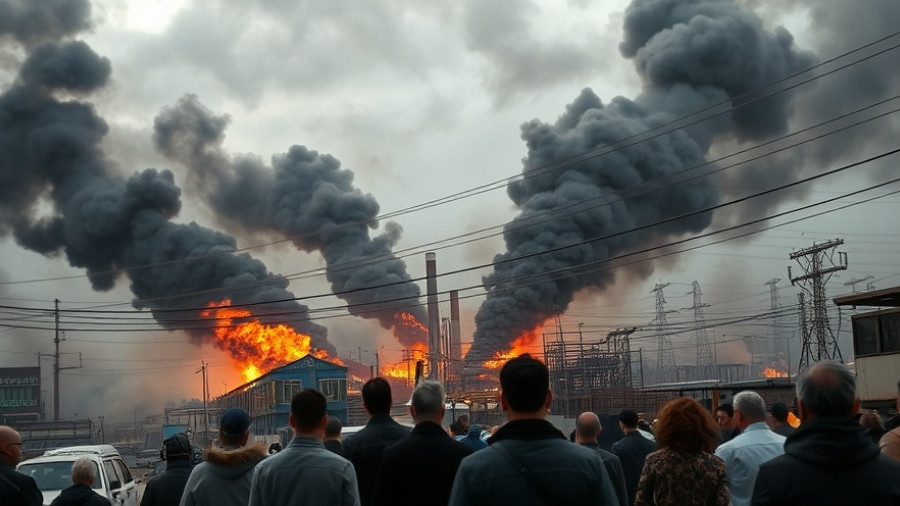
A Dilemma in Rural Scotland: The Need for Workers
In the vast landscapes of rural Scotland, particularly in remote areas like Kyle of Lochalsh and South Uist, the demand for workers has reached a critical stage. At Scot West Seafoods, operations manager Xohan Dios candidly points out the pressing need for manpower to process shellfish. Despite their potential to hire more staff, local businesses like his are stifled by a lack of available workers. "The only thing we need is people," Dios states, emphasizing the local struggle amid growing anti-immigration sentiments across the UK.
Current Trends: Immigration Policies vs. Local Needs
While parts of the UK face increasing pressure to restrict immigration, Scotland finds itself at a crossroads. As Prime Minister Keir Starmer proposes measures to diminish migrant numbers, rural communities tell a different story, highlighting labor shortages critical to their survival. Scotland's first minister, John Swinney, has voiced concerns that strict immigration rules threaten economic stability and essential services, specifically in areas reliant on migrant labor.
Historical Context: A Shift in Workforce Demographics
Scotland has faced demographic challenges for years, with trends indicating a declining natural population, particularly in rural areas. As noted in research by Philomena de Lima and Sharon Wright, rural regions encompass 95% of Scotland's landmass yet host only 18% of the population. This disparity fuels the recruitment struggles faced by local businesses, ensuing from a combination of low fertility rates and out-migration. The landscape of rural employment saw a temporary respite following the 2004 EU enlargement, which brought an influx of labor migrants from Central and Eastern Europe, bolstering local economies.
Compounding Factors: Housing and Brexit's Impact
Recruitment hurdles can be traced to several factors, as Dios notes. The combined impacts of Brexit and the COVID-19 pandemic have severely restricted the labor pool. The end of freedom of movement with the EU curtailed the influx of potential workers, while rising costs of housing deter those contemplating a move to the area. The struggles are ubiquitous; hoteliers and restaurant managers echo the sentiments of Dios, revealing a region in dire need of solutions.
Potential Solutions: A Call for Change in Immigration Policies
In light of pressing local needs, Scottish lawmakers are advocating for a re-evaluation of immigration policies. Calls for a tailored work visa system aimed at attracting migrant workers specifically to rural regions resonate with both citizens and officials who seek to alleviate labor shortages. Such moves not only address immediate economic needs but may also help reignite local communities facing demographic decline.
The Future: Navigating the Path Forward
As rural areas grapple with these decisions, the UK's future immigration landscape hangs in the balance. With the necessary changes, rural Scotland could transform its labor market dynamics once again. However, achieving this requires policy adaptations that reconcile population needs with broader national sentiments. The challenge lies in convincing policymakers that in some cases, welcoming those willing to contribute to society is beneficial, even essential.
Final Thoughts: The Human Element of Labor
The heart of the matter extends beyond economics; it touches on the human element that drives communities. Integrating migrants can lead to renewed vigor in local cultures, economies, and social frameworks. As discussed in de Lima and Wright's research, the challenges facing rural Scotland necessitate a collaborative approach, blending policy reform with community support to ultimately welcome and integrate new residents. The journey ahead requires an understanding that while borders may be defined, the essence of community thrives on the connections between its people.
 Add Row
Add Row  Add
Add 




Write A Comment